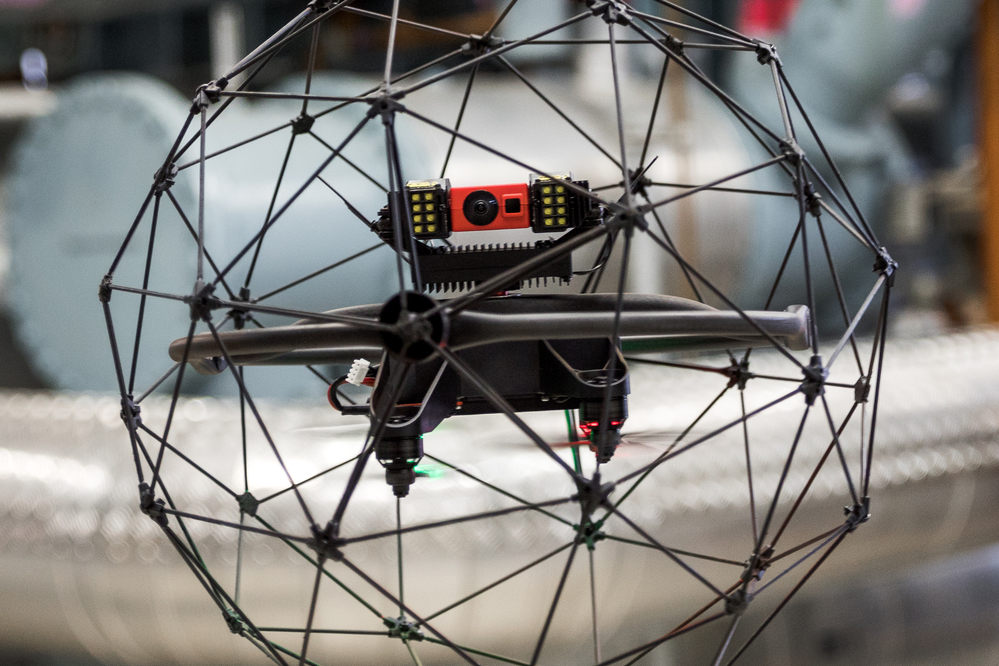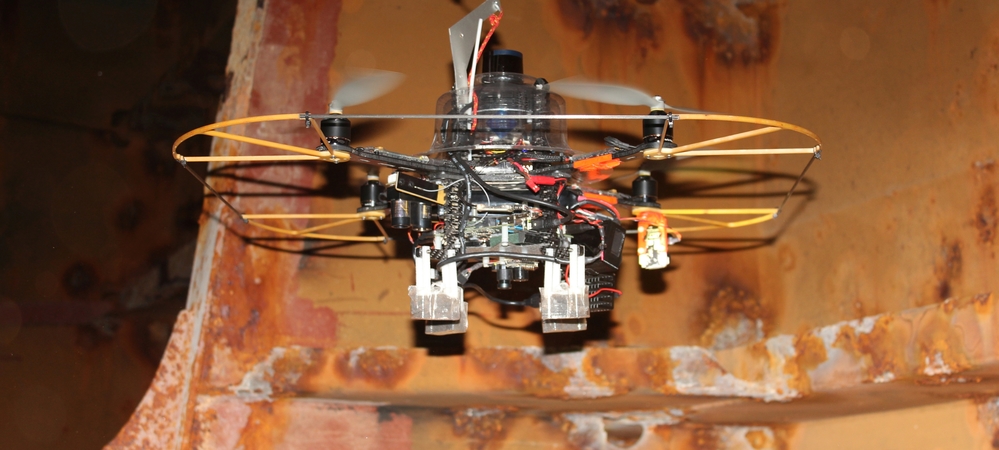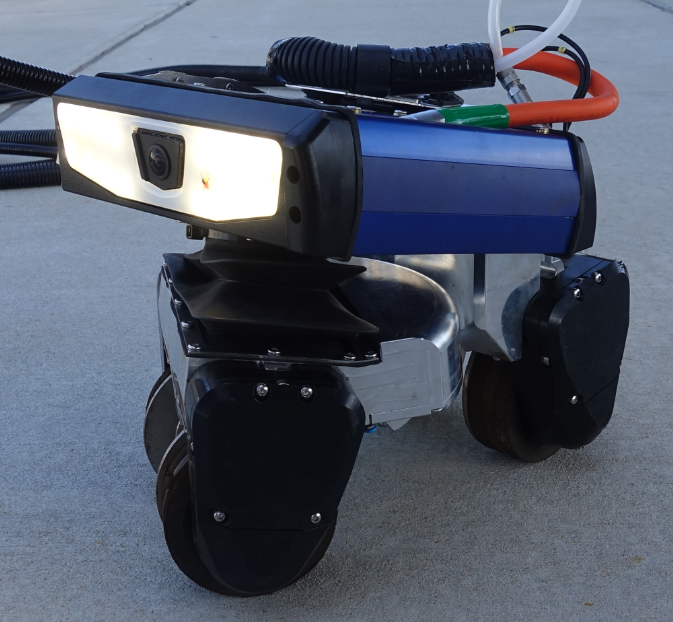Case study
ROBINS Project
ROBotics technology for INspection of Ships, aimed at filling technology and regulatory gaps that today still represent a barrier to the adoption of robotics systems in ship inspections

ROBINS (ROBotics technology for INspection of Ships) is a collaborative project co-funded by the European Commission within the Horizon 2020 EU Research and Innovation programme. The project aims at filling the technology and regulatory gaps that today still represent a barrier to the adoption of Robotics and Autonomous Systems (RAS) in activities related to inspection of ships.
The ROBINS project focuses on two types of RAS: aerial drones and crawlers. The former are taken into consideration essentially for tasks related to visual inspection, while the crawler is used for thickness measurements and other close-up investigations.
The first aerial drone, developed by the University of the Balearic Islands, is intended to address the operational scenario involving wide volumes with a reduced number of obstacles and irregular surfaces, like cargo holds and cargo tanks. The platform is characterized by a rich equipment of sensors and software technology for highly autonomous unsupervised navigation, able to explore wide spaces according to complex path planning.

The second aerial drone, developed by Fliability, is a collision-tolerant flying robot, designed for industrial inspection, allowing access to complex, cluttered indoor places. Considering the challenges of flying indoors or close to obstacles, fixed protections are often added to drones in order to handle collisions, which are impossible to avoid with existing sense-and-avoid technology. Flyability is leading research and development efforts towards safe indoor drones capable of tackling the above challenges and provide visual inspection solutions for confined spaces. Flyability’s technology allows drones to remain unaffected by collisions, unlike conventional drones equipped with fixed protections which can in general only prevent the propellers from breaking, but can’t prevent the drone to crash when they touch an obstacle.

The crawler, developed by GE Inspection Robotics, is used mainly in regular spaces, where its capabilities can be exploited at best, achieving good performance and cost effectiveness. The crawler is mainly used for thickness measurement and other probing activities in environments where the occurrence and type of obstacles are such that they can be overcome without the need of excessively time-consuming operations or frequent human intervention. In ROBINS an estimation of the variety of applications and quantity of ships where the crawler could be used has led to consider bulk carrier cargo holds as the principal environment of operation for the crawler, also considering that similar environments can be found in other ship types (e.g. general cargos or containerships) and that the number of bulk carries is significantly high, approximately one fourth of the total world fleet.
This project has received funding from the European Union’s Horizon 2020 research and innovation programme under grant agreement No 779776
